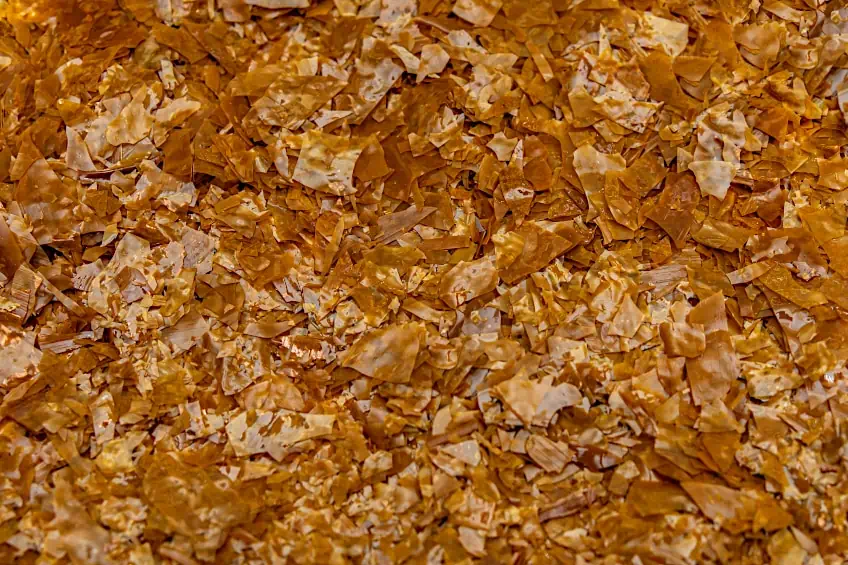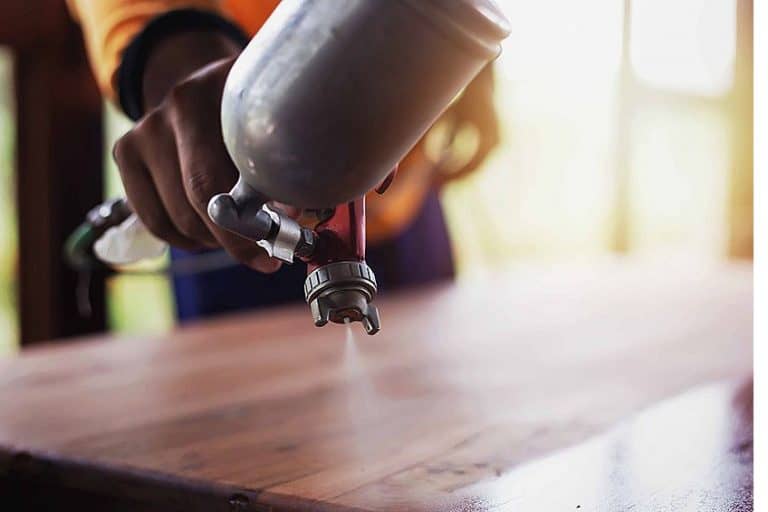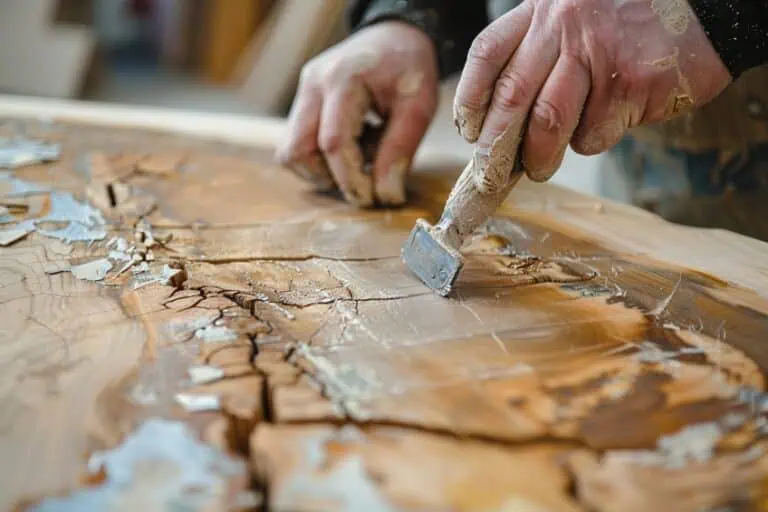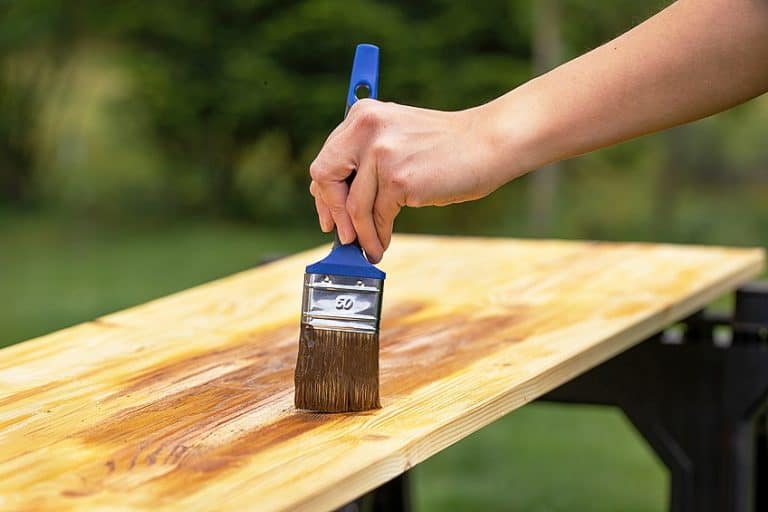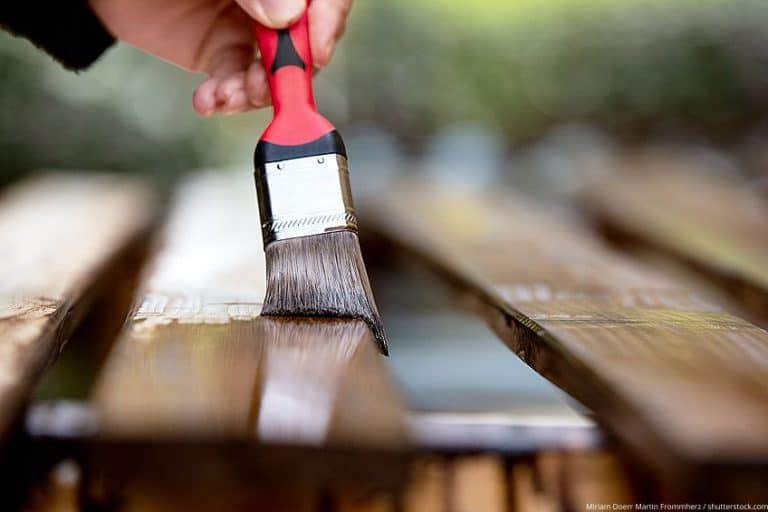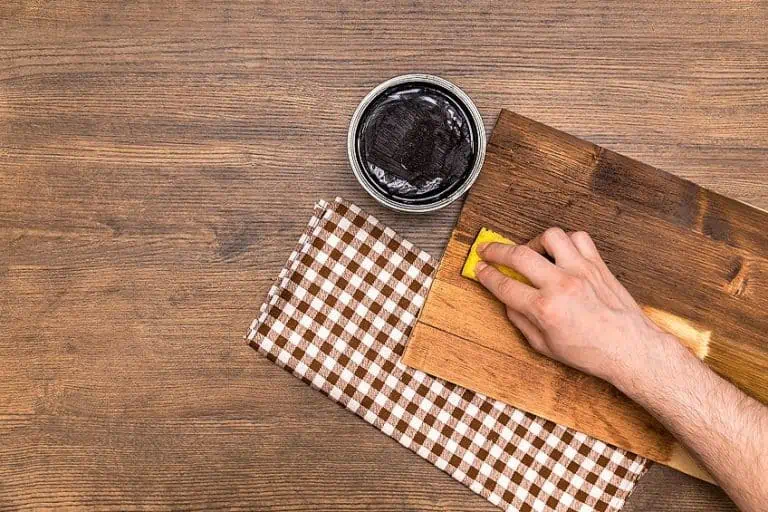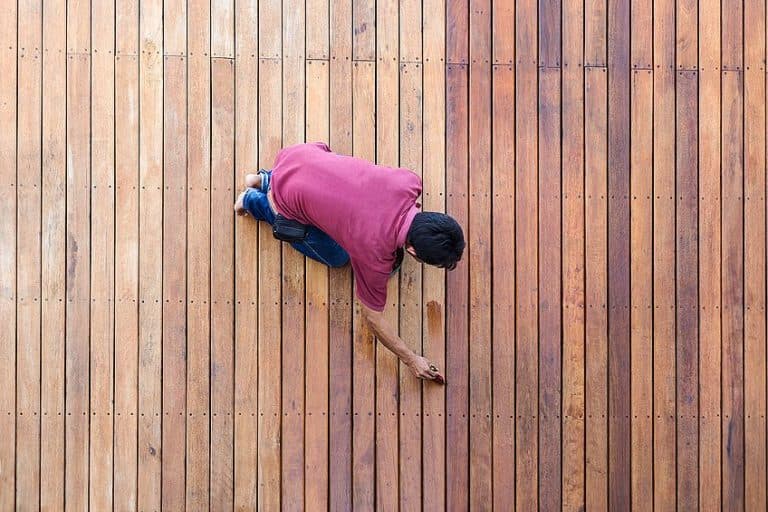What Is Shellac? – Guide to Natural Lacquer for Wood
Shellac has been around for thousands of years and has been used by different cultures as a dye and as pigment for paint. These days, shellac can be found in a variety of products, but the question remains: what is shellac and why is it important? In this segment, we will take a closer look at shellac and what it is made of, while discussing its uses and so on. Keep reading to find out everything you need to know!
What Is Shellac?
Shellac is a substance generated by the female lac insect on trees in India as well as in Thailand’s woods. It goes through processing and is marketed as dry flakes, which are then dissolved in alcohol to produce liquid shellac. This is used as a brush-on food colorant, dessert glaze, and also a high-quality wood finish.
Shellac may be used as a durable organic primer, sanding sealer, stain, tannin and odor blocker, and high-gloss varnish.
Harvesting and Refining Shellac
Shellac gets scraped off the bark of trees in which the female lac insect lives. The number of lac bugs needed to manufacture 2.2 lb of shellac has been speculated to be from 50,000 to 300,000. Unrefined shellac, containing bark shavings as well as lac bugs removed while scraping, undergoes heating in canvas tubes.
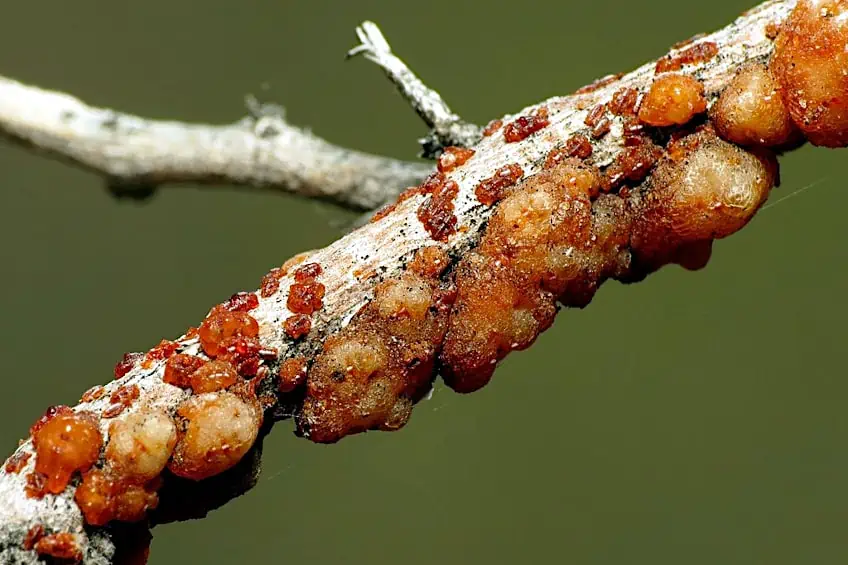 Lac insects on a branch with their excretions; Katja Schulz from Washington, D. C., USA, CC BY 2.0, via Wikimedia Commons
Lac insects on a branch with their excretions; Katja Schulz from Washington, D. C., USA, CC BY 2.0, via Wikimedia Commons
The shellac liquefies and oozes out of the canvas, keeping the bugs and bark in the bag. The thick, viscous shellac is then flattened and split into flakes. Before use, it is crushed into a fine powder and combined with ethyl alcohol to break down the flakes and create liquid shellac.
Various Grades and Types of Shellac
Shellac is generally used in a variety of products ranging from wood finish to moisturizer. However, shellac is categorized into grades, each one consisting of different chemicals. The grades also determine how the shellac was harvested, the type of tree it was found, the refining method that was used, and so on. The different grades of shellac include, but are not limited to, the following:
- Machine-made orange shellac
- Machine-made lemon one shellac
- Machine-made TN shellac
- Handmade lemon one shellac
- Dewaxed bleached shellac
- Shellac wax
- Waxy shellac
- Dewaxed garnet
- Dewaxed orange
- Dewaxed lemon
- DN shellac
- LL shellac
- DM shellac
Uses of Shellac
Now that we know what shellac is made of, we should take a look at the various applications of shellac.
Shellac has been used in multiple industries and it is arguably one of the most versatile natural compounds available today. Below, we will take a closer look at the various applications of shellac.
Uses as a Wood Finish
Wood finishing serves as one of the oldest and most common applications for shellac coupled with solvents like alcohol. This dissolved shellac solution has an evaporative coating: the alcohol in the shellac solution evaporates, leaving a protective layer behind. Shellac is a natural and non-toxic wood finish in its purest form.
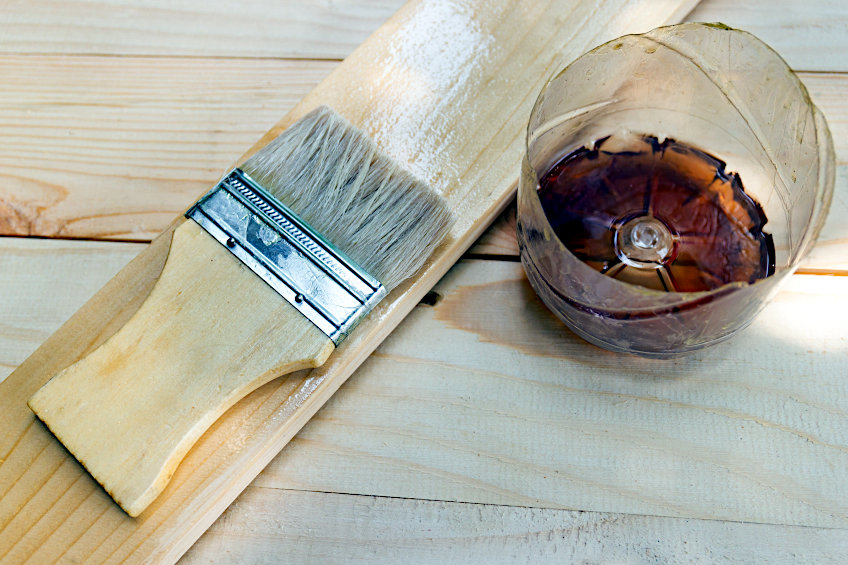
Shellac finishes are UV-resistant. However, it cannot compete with synthetic finishing solutions in terms of water resistance as well as durability. Shellac is also used as a barrier or priming layer on wood in order to avoid the bleeding of pigments or resin into the final coat of finish or to stop wood stains from blotching, because of its compatibility with most other treatments. There are different types of shellac wood finishes such as the following:
- French polish: This has a glossy, mirror-like appearance that is obtained by applying numerous thin coats of liquid shellac.
- Orange shellac: Gives the wood a beautiful amber color and it is generally used as a wood polish.
- White shellac: Generally used as a sealer to protect the surface by penetrating the wood.
Shellac in Pharmaceuticals and Food
Since shellac is edible, it is used as a glazing ingredient on pills and candies as a pharmaceutical glaze. Shellac-coated tablets can be utilized for timed intestinal or colonic release due to their acidic qualities.
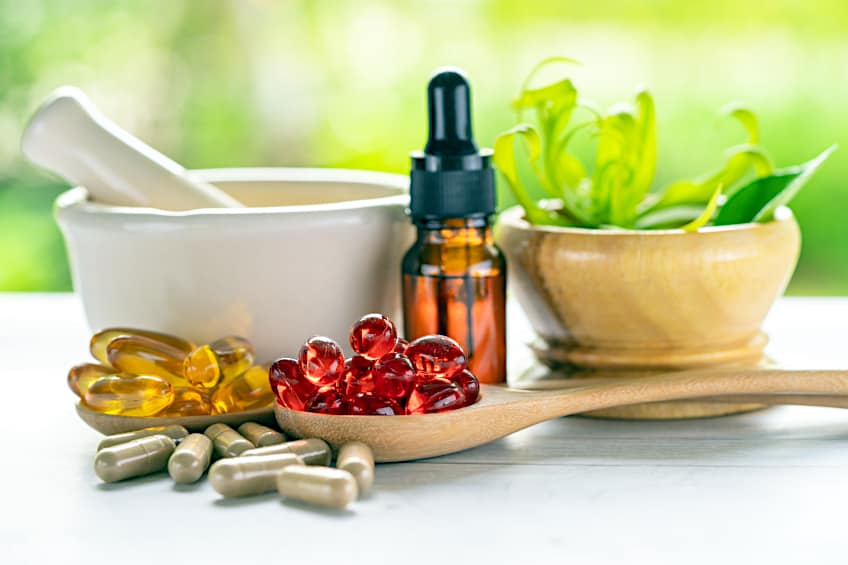
Additionally, shellac is applied to citrus fruit as a ‘wax’ covering to extend its shelf life. It is also used to replenish the apple’s natural wax, which is destroyed in the washing process. It contains the food additive E904 when utilized for this purpose.
Shellac in Cosmetics
Cosmetic-grade shellac is made up of alicyclic acids, polyesters, and aliphatic hydroxy acids. Cosmetic compositions employ concentrations of up to 25%.

The clinical evaluation of the safety of cosmetic formulations containing up to 6% shellac revealed no detectable discomfort. There is no photosensitization or sensitivity. Shellac is found in different fragrances, nail polish, mascara, eyeliner, hair spray, and many more.
Other Uses
There are a variety of other industries that use shellac for different products or jobs. This includes dentistry, watchmaking, archery, cycling, pyrotechnics, and so on. Because of its coating qualities, it is generally used as a method of tying, attaching, or as some kind of barrier; either way, it is incredibly versatile.
Advantages and Disadvantages of Shellac
So, what is shellac? This is a versatile organic resin that has plenty of different uses across multiple industries. Shellac has a variety of excellent properties that we will discuss below; however, we will also need to take a closer look at the disadvantages of using shellac as well.
This is an all-natural insect resin that is gathered on a regular basis, making it an environmentally friendly resource.
Furthermore, shellac is simple to use and nearly error-free. It is easy to apply with a paintbrush, pad, or with a cloth. When using shellac, it will take a few minutes for shellac to completely dry and you should be able to sand it within 30 minutes. Shellac gives the wood a clear surface that looks natural rather than plastic-coated. So, if you are looking for a completely natural look, this would be the best way to achieve it. Ultimately, shellac is incredibly versatile and can be used on wood, food, nails, hair, and so on.
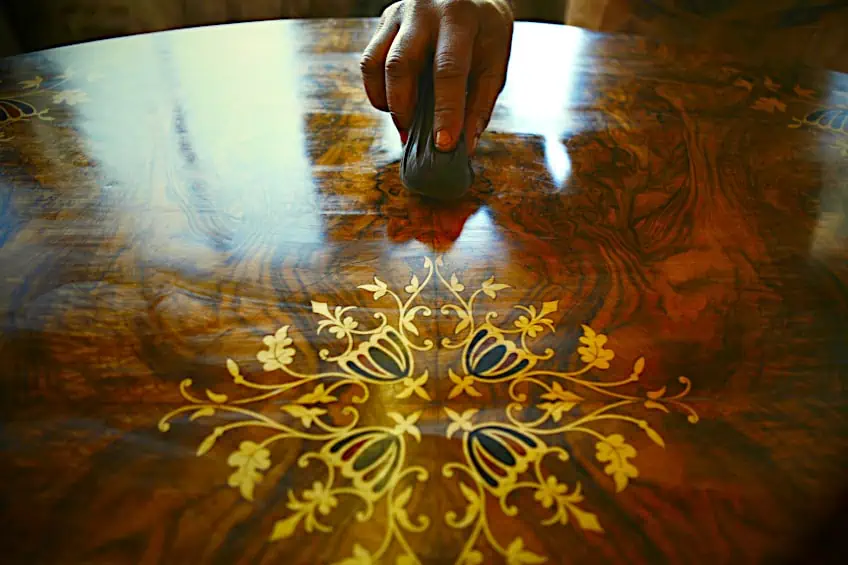
Despite having great physical properties, it is not a good idea to place any hot objects on the surface of shellac as it is a natural resin and it will melt. Using shellac in an area that has high levels of moisture can be a big problem as this will give the surface a white tinge. Furthermore, when exposed to the wrong UV light shellac will begin to discolor.
Shellac will also will also discolor if directly exposed to harsh chemicals.
Common Myths
There are a series of myths surrounding the use of shellac and they could be completely believable if you did not know any better. If you want to know what shellac is and the facts behind these myths, take a look at them below.
Myth One: Shellac Turns White When Water Touches It
Fresh shellac is extremely water-resistant and, in most situations, will remain clear even after hours of being exposed to water. This makes it an excellent finish for most interior surfaces such as furniture, flooring, doors, trim, and other woodwork.
Myth Two: Shellac Is Brittle
While shellac flakes may appear brittle, keep in mind that when applied to wood, this natural resin is a long-lasting finish that is less brittle when compared to lacquer and less prone to scratching. A damaged shellac finish, unlike polyurethane, may be readily touched up or restored by adding another layer.
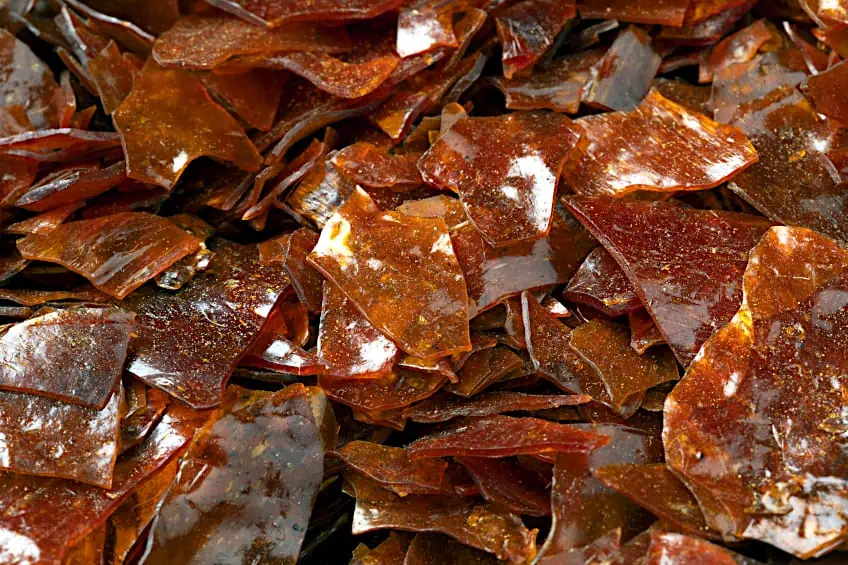
Myth Three: Shellac Does Not Work With Other Finishes
This is partly true. You can apply shellac over nearly any other sort of finish and it will adhere tenaciously.
Keep in mind though, that shellac cannot be used as a base coat for some polyurethanes since it contains traces of natural wax.
Myth Four: Nobody Uses Shellac Anymore
Shellac provides more contemporary features and advantages than any other kind of wood finish on the market. Shellac can also be found in different industries from cosmetics to fishing and can also be used for plenty of different purposes. Shellac adhesive is used by archaeologists to repair artifacts, since it does not damage or alter fragile materials.
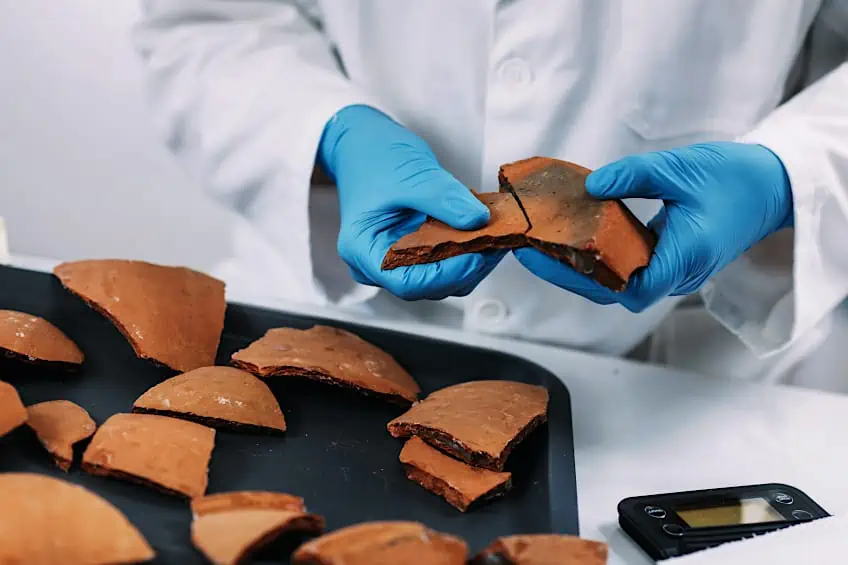
How to Use Shellac
Using shellac for a wooden surface is not uncommon and this is a great way to ensure that you can get a great natural finish. This is great news if you are looking for a finish that does not present the same type of plastic finish that you would generally get from polyurethane.
Before you use shellac, it is important to understand that different types of shellac are available for various wood types.
Before you begin, you should ensure that you have the following tools and materials to get the best possible results when using the resin:
- Fine bristled paintbrush
- 400-grit sandpaper
- Denatured alcohol
- Non-silicone paste wax
- Mineral oil
- Clean cloths
- Shellac
Tips and Tricks When Using Shellac
Like any other material, there are a few helpful tips and tricks when using shellac for your next woodworking project. Below are some of the best tips and tricks that will help you to get the best results when using shellac.
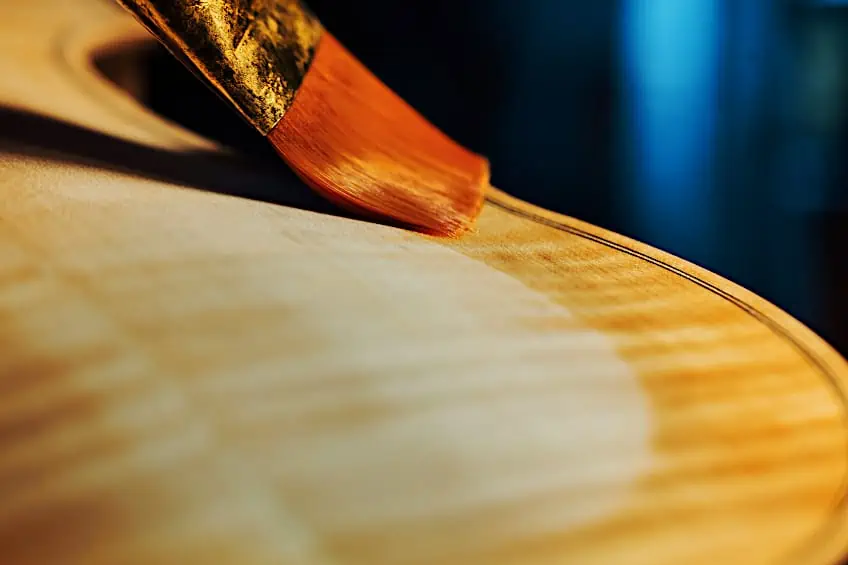
Use the Right Brush
If you would like your interaction with shellac to begin on the right foot, you must use the correct brush. A low-cost oval sash brush is ideal for applying shellac to trim work as well as molded edges.
Choosing a cheap brush will result in a rough finish and it would be much harder to control.
Create Your Own Color
Shellac is simple to color. Shellac is capable of producing deep, mellow browns as well as bright cadmium yellows. Simply add an alcohol-based color. Super-blond shellac performs best for pure colors.
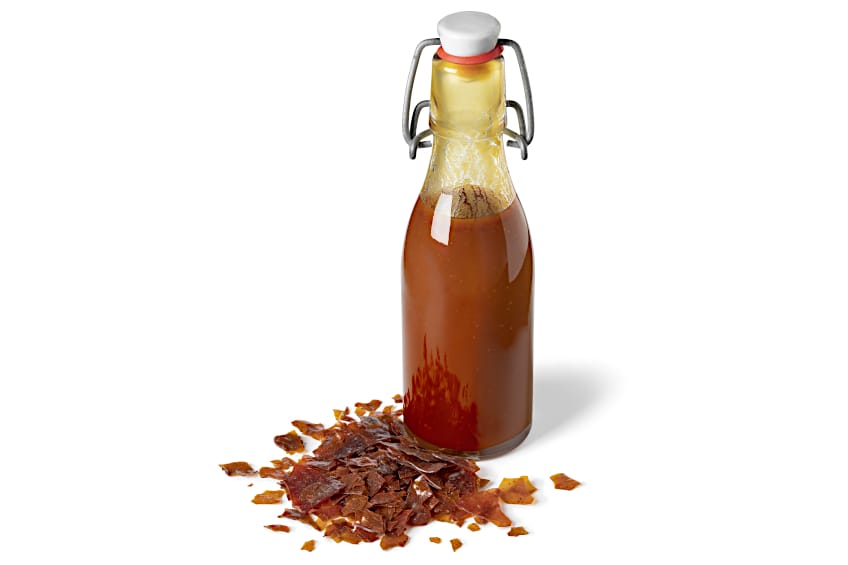
Stick to Small Batches of Shellac
Make shellac in tiny amounts so that it doesn’t spoil before it can be used. The shelf life of mixed shellac is approximately six months. It will not dry properly after that. To accurately weigh out the flakes, we used a tiny food scale. Dissolve 2 oz. shellac flakes in 16 oz. alcohol to get one pint of 1 lb-cut shellac. To make a 2-lb cut, twice the flakes.
To eliminate contaminants, strain the shellac through very fine cheesecloth or a filter once it has been entirely dissolved.
Using Shellac on Furniture
Whether you are starting with a new project or you simply want to breathe new life into an older piece of furniture, shellac could be a great place to start. Some experts claim that you can use shellac with a paint sprayer, but we would advise you to stick to using a paintbrush.
Step One
Start by sanding the surface of the wood to ensure that you get the wood as smooth as possible and to get rid of any paint residue or previous finishes. If you have used shellac on the same surface then you can use denatured alcohol to remove it.
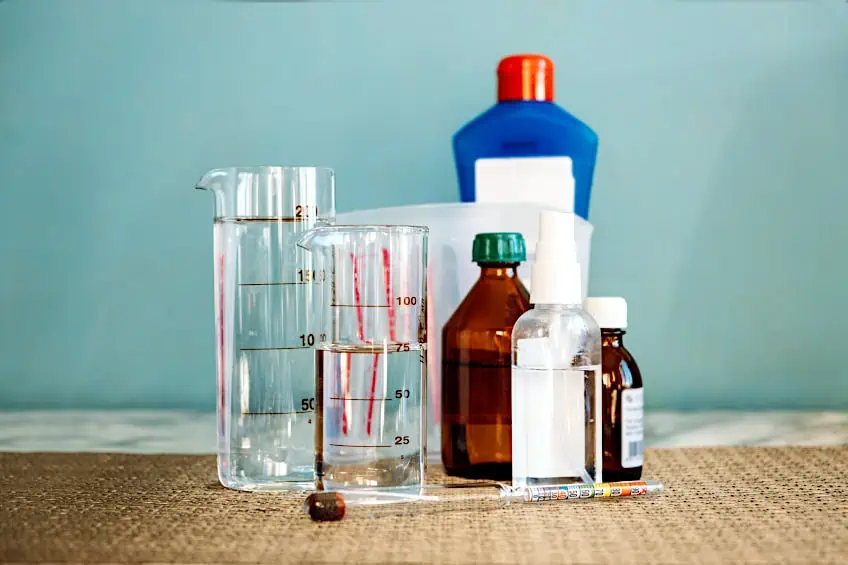
Step Two
Once the surface is clean and dry you can add your first coat of shellac. For tight spaces, it would be best to use a brush, but if you are working with a large surface area then it would be more efficient to use a clean cloth.
You will need to use a generous amount of shellac with even strokes to ensure that you get the best coverage. You will need to wait 30 minutes between coats.
Step Three
A 400-grit sandpaper should be used to remove any elevated wood grain as well as uneven globs of shellac. Clean any white dust that has accumulated as a result of polishing. Examine the item at eye level for regions where light fails to reflect, indicating that the surface is not adequately coated, and target those areas with the following coat.
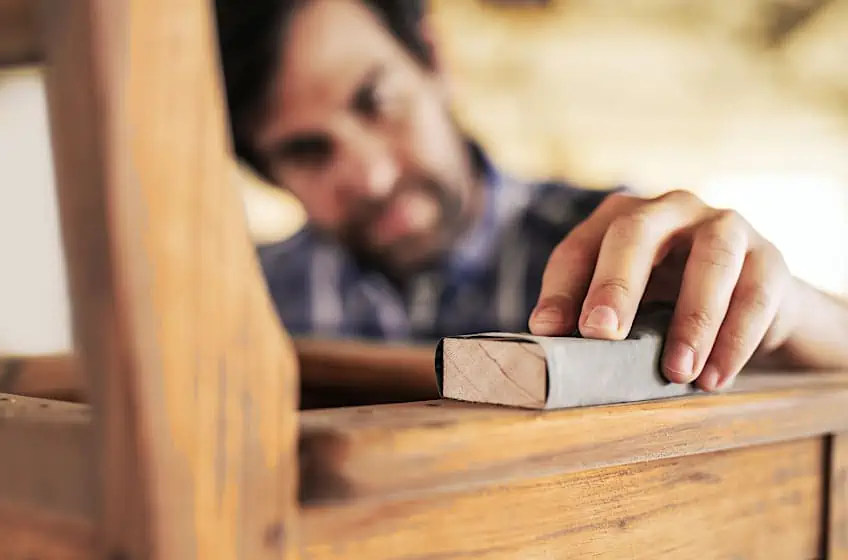
Step Four
Keep repeating the process until you have added as many coats as needed and then apply a layer of paste wax to achieve a satin finish. The entire process does not take too long, but it can be a new experience for anyone who is wondering, “what is shellac and how does it work?”.
Shellac is a great product to ensure that you are properly coating a surface with an organic product that is durable and has a brilliant finish. While it can take some time to get used to, shellac is a must-have for any DIY enthusiast who is looking for a natural-looking finish!
Frequently Asked Questions
What Is Shellac Made Of?
Shellac is a natural resin produced by female lac bugs found in Thailand and India. The chemical composition comprises various natural waxes, shellolic acid, jalaric acid, and aleuritic acid. So, if you were wondering what is shellac made of, this should give you a good idea.
Where Can I Find Shellac Wood Finish?
If you are looking for a shellac wood finish, you can find it at online stores such as Amazon, or at various home improvement and hardware stores. This is one of the most underrated wood finishes available today, as it is not only cost-effective but also has great physical properties that allow it to be used for various projects.
What Products Contain Shellac?
Shellac can be found in a broad range of products such as furniture finishes, sealants, paint primers, cosmetics, and so on. Shellac can also be used as a glaze on various food products as it is a natural substance.

I have been into woodworking since 2005 and woodturning since 2011. Because of my love for wood and woodworking, I started woodhappen.com to teach other enthusiasts about how to finish and seal wood, the best woodworking tools, the different types of wood, and everything else related to woodworking! Read more about me here.

